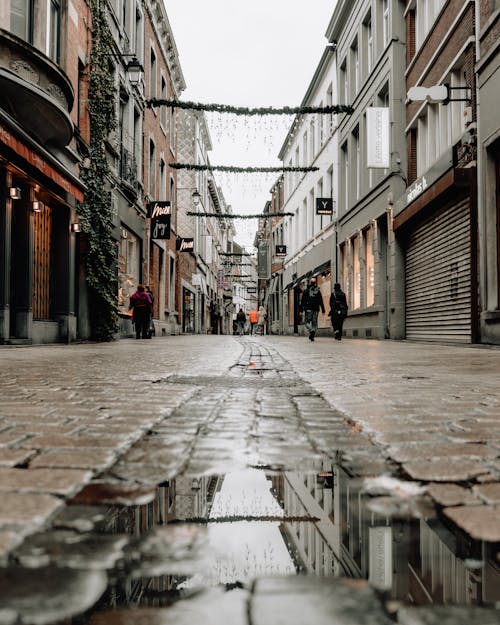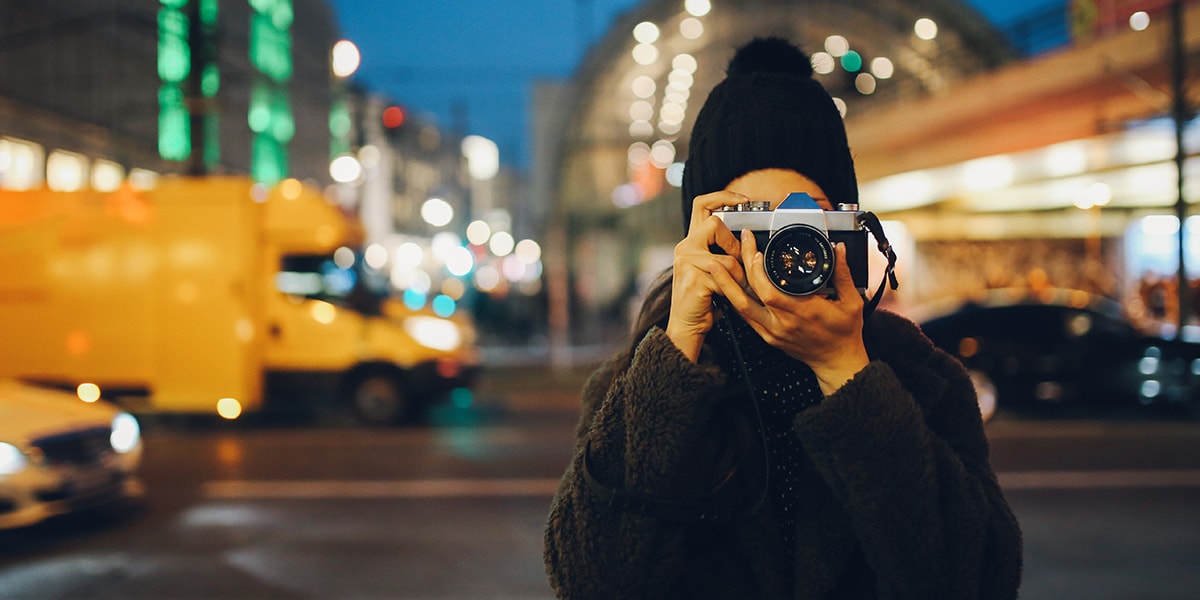An Unbiased View of Framing Streets
Wiki Article
Some Known Incorrect Statements About Framing Streets
Table of ContentsNot known Details About Framing Streets Framing Streets for DummiesSome Known Facts About Framing Streets.4 Easy Facts About Framing Streets DescribedThe Of Framing StreetsSome Known Questions About Framing Streets.
, usually with the objective of recording images at a crucial or emotional minute by mindful framing and timing. https://anotepad.com/note/read/qd4qdia6.
The Framing Streets Statements
Susan Sontag, 1977 Street photography can concentrate on individuals and their habits in public. In this regard, the road digital photographer is comparable to social docudrama professional photographers or photographers who also operate in public locations, however with the goal of recording newsworthy events. Any of these digital photographers' photos may catch people and home visible within or from public areas, which commonly entails navigating moral concerns and regulations of personal privacy, safety and security, and property.Depictions of day-to-day public life develop a genre in practically every duration of globe art, starting in the pre-historic, Sumerian, Egyptian and very early Buddhist art periods. Art managing the life of the road, whether within views of cityscapes, or as the leading theme, appears in the West in the canon of the North Renaissance, Baroque, Rococo, of Romanticism, Realistic look, Impressionism and Post-Impressionism.
The Of Framing Streets
Louis Daguerre: "Boulevard du Holy place" (1838 or 1839) In 1838 or 1839 the very first picture of figures in the road was taped by Louis-Jacques-Mand Daguerre in one of a pair of daguerreotype views extracted from his studio window of the Boulevard du Holy place in Paris. The second, made at the elevation of the day, shows an uninhabited stretch of road, while the other was taken at regarding 8:00 am, and as Beaumont Newhall records, "The Boulevard, so continuously loaded with a moving crowd of pedestrians and carriages was perfectly singular, other than a person that was having his boots brushed.Consequently his boots and legs were well defined, however he lacks body or head, due to the fact that these were in movement." Charles Ngre, waterseller Charles Ngre. https://www.pubpub.org/user/david-turley was the initial professional photographer to attain the technical refinement required to register people in motion on the road in Paris in 1851. Photographer John Thomson, a Scotsman collaborating with reporter and social activist Adolphe Smith, published Street Life in London in twelve regular monthly installations starting in February 1877
Unknown Facts About Framing Streets
Eugene Atget is considered a progenitor, not because he was the initial of his kind, however as a result of the popularisation in the late 1920s of his record of Parisian streets by Berenice Abbott, that was inspired to embark on a comparable documentation of New york city City. [] As the city developed, Atget assisted to promote Parisian roads as a worthwhile topic for photography.
The Only Guide to Framing Streets
Martin is the initial recorded professional photographer to do so in London with a disguised video camera. Mass-Observation was a social research study organisation established in 1937 which aimed to record day-to-day life in Britain and to record the responses of the 'man-in-the-street' to King Edward VIII's abdication in 1936 to marry divorce Wallis Simpson, and the succession of George VI. The chief Mass-Observationists were anthropologist Tom Harrisson in Bolton and poet Charles Madge in London, and their first report was generated as the publication "May the Twelfth: Mass-Observation Day-Surveys 1937 by over 2 hundred viewers" [] Home window cleaner at Kottbusser Tor, Berlin, by Elsa Thiemann c. 1946 The post-war French Humanist Institution digital photographers found their subjects on the street or in the bistro. Andre Kertesz.'s commonly admired Images la Sauvette (1952) (the English-language edition was titled The Crucial Minute) promoted the idea of taking a photo at what he termed the "decisive minute"; "when form and material, vision and make-up combined right into a transcendent whole" - Street photography hashtags.6 Simple Techniques For Framing Streets
The recording machine was 'a covert camera', a 35 mm Contax concealed underneath his layer, that was 'strapped to the chest and linked to a long wire strung down the best sleeve'. His job had additional reading little modern influence as due to Evans' sensitivities about the originality of his project and the privacy of his subjects, it was not published up until 1966, in the publication Many Are Called, with an introduction written by James Agee in 1940.Helen Levitt, after that an educator of children, connected with Evans in 193839. She recorded the temporal chalk illustrations - Best Zoom Lens that were part of children's street culture in New york city at the time, in addition to the youngsters who made them. In July 1939, Mo, MA's new photography section consisted of Levitt's operate in its inaugural exhibitRobert Frank's 1958 book,, was considerable; raw and often indistinct, Frank's pictures questioned conventional digital photography of the moment, "challenged all the formal rules laid down by Henri Cartier-Bresson and Walker Evans" and "flew in the face of the wholesome pictorialism and wholehearted photojournalism of American publications like LIFE and Time".
Report this wiki page